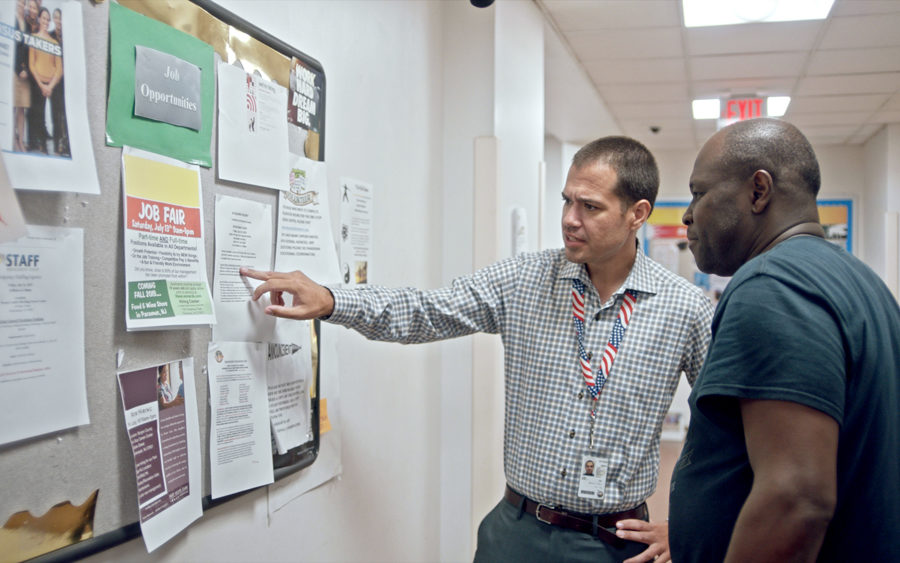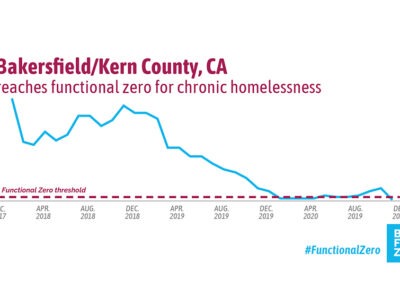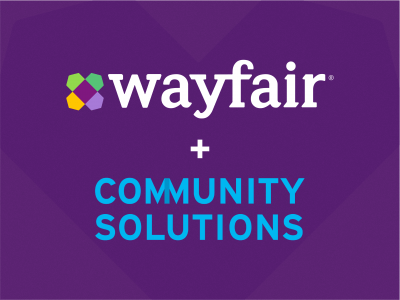Julia Orlando spent 20 years working in New York City helping people with mental illness find housing. But an experience much closer to home caused her to rethink her work.
“My brother, who has mental illness, became homeless, and I had to find him housing in Bergen County,” said Orlando.
As she helped him try to access housing and services in their hometown, she was struck that it was “nearly impossible” to navigate the housing system. Orlando did eventually help her brother into housing— and then went on to help improve the homeless response system in her community. Through this work, Bergen County became the first community not only in Built for Zero, but in the country, to end chronic homelessness.
This work was showcased in a video created by our partners at Rocket Mortgage, which was published as part of the CNN’s Heroes campaign.
Building a command center
Today, people experiencing homelessness in Bergen County, New Jersey, a suburb of nearly a million people, can go to one place to access shelter, health services, and the support of all the key agencies working to respond to homelessness.
“The shelter and the food are what people need in the moment. But they’re not the things that they need in the long term,” said Orlando, who serves as the Director of the Bergen County Housing, Health and Human Services Center.
Orlando and her team created a “command center” where all of the needs of someone experiencing homelessness could be met— bringing together various agencies and service providers’ work under the same roof.

“The shelter and the food are what people need in the moment. But they’re not the things that they need in the long term.”
—Julia Orlando, Director of the Bergen County Housing, Health and Human Services Center
Bergen County collects and maintains a real-time list of every person experiencing veteran or chronic homelessness, which they maintain on at least a monthly basis. They use this data, known as a by-name list, to develop strategies and find resources for each person experiencing homelessness and target their resources effectively.
Taken together, these strategies work: in 2016, Bergen County became the first community in the country to end chronic homelessness. Eight months later, it reached functional zero for veteran homelessness— becoming one of just two communities in the country to end both veteran and chronic homelessness. Now the community is working to end youth homelessness.
“Yes, it can be done.”
By building systems that can reach and hold zero, one vulnerable population at a time, communities are creating a future where homelessness will only exist as a rare, brief, and one-time experience.
“We want to tell other people in other communities, yes, it can be done,” said A.J. Luna, the director of the Bergen County Division of Veteran Services.
Explore more of the communities working to end homelessness here.




